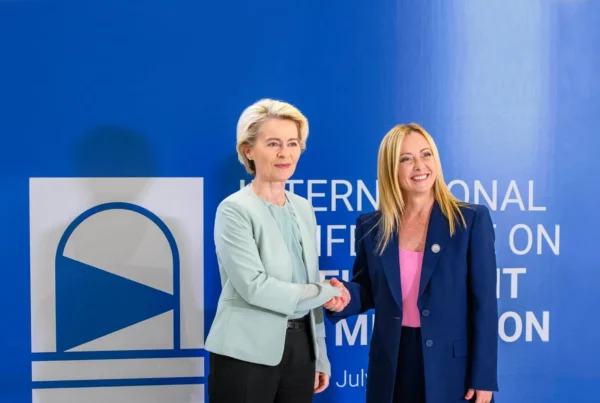What do the Austrian nuclear physicist Lise Meitner, the British biochemist Rosalind Elsie Franklin and the British engineer Jocelyn Bell have in common? They are part of a group of women whose scientific achievements were overlooked by the Royal Swedish Academy of Sciences for the Nobel Prize. Instead their male colleagues were honored.
Alexandra Dubsky, 7 March 2024
German version
When Canadian physicist Donna Strickland, together with her colleagues Arthur Ashkin and Gerard Mourou, was awarded the 2018 Nobel Prize in Physics for her work on high-power lasers, it was the first time in 55 years that a woman had won the prestigious prize.
Throughout the decades there have been plenty of outstanding talents which were overlooked. Perhaps one of the most agregious cases is that of British physicist Jocelyn Bell. She discovered the first radio pulsars while still a student at Cambridge University in 1967. However, the Nobel Prize awarded for this groundbreaking discovery in 1974 went to her male supervisor, Antony Hewish.
The Austrian physicist Lise Meitner was known for her work at the Nobel Institute of Physics and at the Royal Institute of Technology in 1946. In February 1939, she published the first physical-theoretical explanation of nuclear fission together with her nephew Otto Frisch. The discovery of nuclear fission was not only momentous in science, it also led to the development of nuclear weapons (“atomic bombs”) and later to the construction of nuclear power plants.
For decades, Lise Meitner was repeatedly nominated for the Nobel Prize in Chemistry and the Nobel Prize in Physics. She probably received numerous other honors, but no Nobel Prize.
The British biochemist Rosalind Elsie Franklin was a specialist in X-ray structure analysis. Her basic research was essential for understanding the molecular structure of ribonucleic acid, viruses and graphite. Her research article on this topic, published together with her doctoral student Raymond Gosling in April 1953, was the precursor to the parallel article by James Watson and Francis Crick on the structure of DNA. Although Franklin’s research results provided the basis for the decoding of DNA by Watson and Crick, for which the two were awarded the Nobel Prize in 1962, Franklin was never honored with the prize for her research.
In the last 15 years, there have even been three years without any female Nobel Prize winners, 2017, 2016 and 2012. The highest number of female Nobel Prize winners was in 2009 with five awards, the same year eight men also received the prize.
To date, 65 Nobel Prizes have been awarded to 64 women. The individual Nobel Laureates include 894 men, 64 women and 27 organizations. Unfortunately, the prestigious award is still a long way from achieving gender equality, which not only highlights the under-representation of women in the sciences, but also in influential positions in the humanities.
There are many reasons for this. On the one hand, women often simply leak through the “leaky pipeline” at various points on their path in science and research. This means that due to gender-specific obstacles, discrimination and other factors (“glass ceiling”), they are less likely to rise to dominant positions and are therefore less recognizable there.
Related Articles
In addition, women are still underrepresented in many scientific positions. There are still hurdles in education and research that need to be overcome in order to bring more young women into science.
The main problem, however, is the persistent lack of visibility of women’s achievements. Outstanding achievements by women need to be highlighted and consequently recognized much more. This can help to finally and sustainably combat the underrepresentation of women at Nobel Prizes.
Last year, the American economist Claudia Goldin was the third woman to receive the Nobel Prize in Economic Sciences. Goldin, who teaches at Harvard, received the prize for her research in a field that has been underrepresented in the past: the role of women in the world of work.
A central factor in this context was Goldin’s book “Understanding the Gender Gap: An Economic History of American Women” (1990), in which the economist explored the history of female labor from the 18th century to the present day and its impact on economic growth. The book’s narrative answers why gender differences in women’s pay and employment have emerged and persisted to this day.
The figures speak for themselves: according to Goldin, an increasing proportion of women in the labor market hardly reduced the income gap with men for a long time. Part of the reason for this is that educational decisions that affect career opportunities for a lifetime are usually made at a young age, and these decisions are unfortunately still often shaped by traditional role models.
The Nobel Prize is important “for the many people who work in this field”, said Goldin on the evening of the award ceremony. In fact, there have been “big changes” in the labor market integration of women, “but there are still big differences in pay”.
According to the World Economic Forum’s Gender Gap Report 2023, looking at the 102 countries tracked from 2006 to 2023, the gap was 68.6 percent closed in 2023, returning to 2020 levels and a modest progress of 4.1 percentage points since the first edition of the report in 2006.
At the current rate of progress, it will take 131 years to achieve full equality, according to the report’s sobering findings.
The fact that women still have to fight for better pay and more visibility is shocking, but not unusual in economically uncertain times.
Traditionally, social norms still see women as the main caregivers in child rearing. These norms may explain why mothers are mainly employed part-time, if at all, and only when affordable childcare is available.
Overcoming these social norms is slow and arduous – and requires the support of men to take on a significant share of unpaid care work for children and the elderly, as well as recognizing and highlighting women’s professional achievements. Whether and when these obstacles will be overcome and the same number of male and female nominees will vie for awards such as the Nobel Prize remains to be seen.


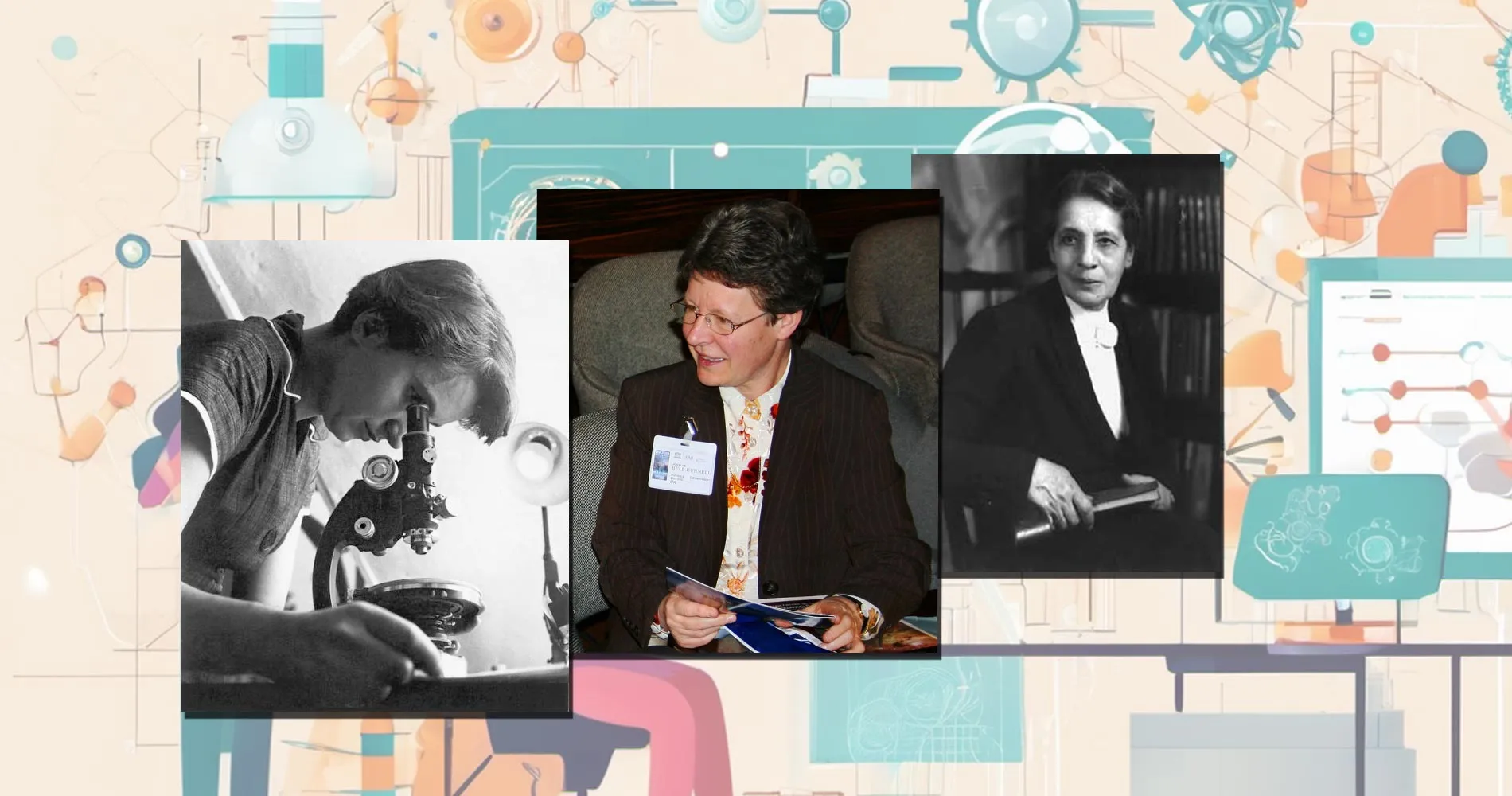
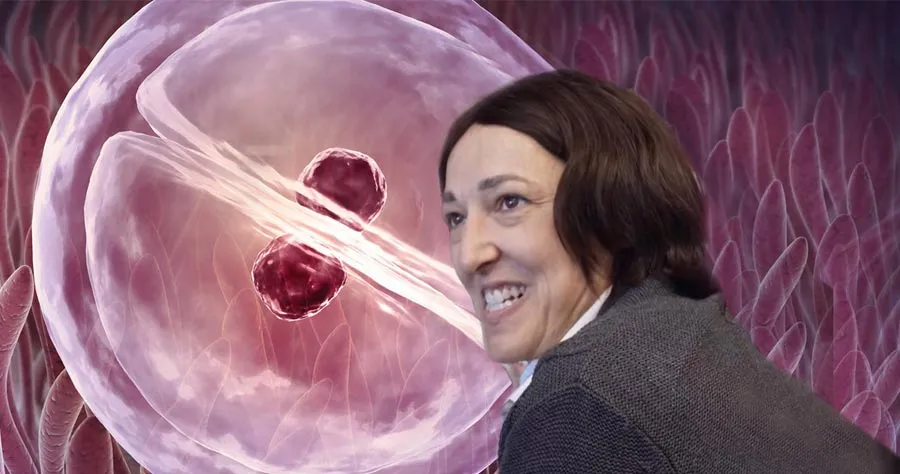 Angelika Amon’s Pioneering Legacy in Biology
Angelika Amon’s Pioneering Legacy in Biology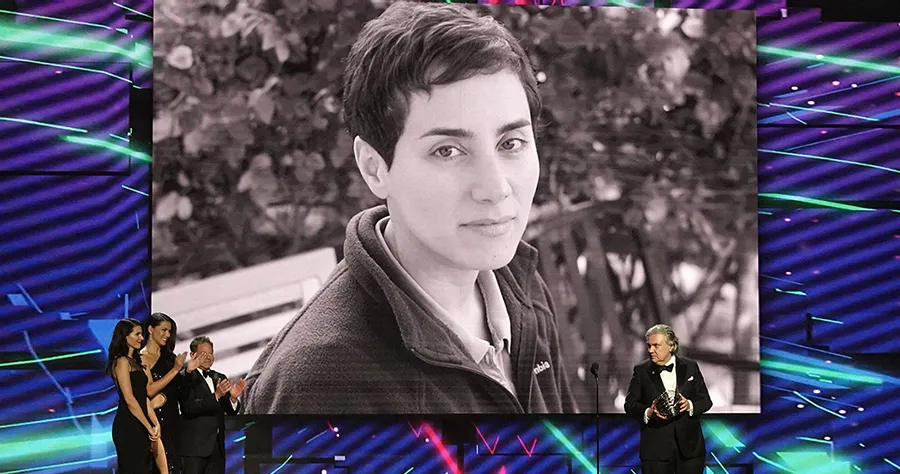 Maryam Mirzakhani: Fields Medal Winner and Pioneer in Mathematics
Maryam Mirzakhani: Fields Medal Winner and Pioneer in Mathematics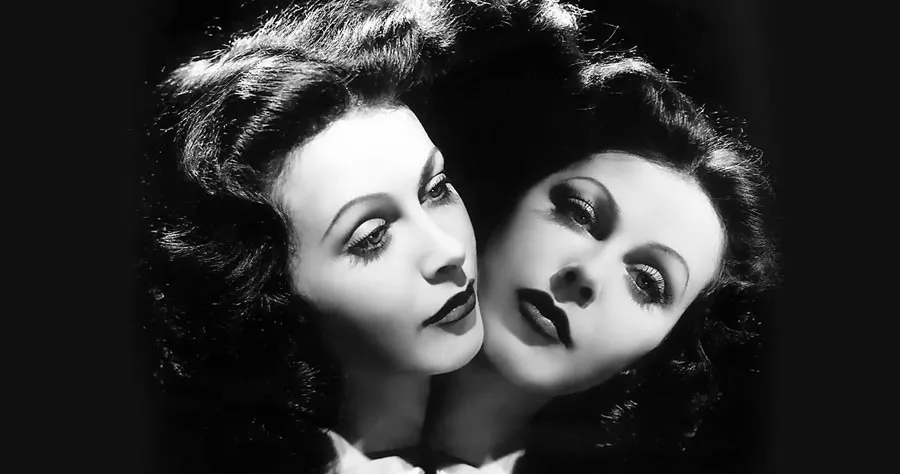 Hedy Lamarr – Hollywood Star and the ‘Mother of WiFi’
Hedy Lamarr – Hollywood Star and the ‘Mother of WiFi’

